Due to the many safety standards that apply to medical grade power strips, identifying the correct set of standards for a patient care application can be burdensome. This article will attempt to clarify the intent of each standard and to describe how it should be applied.
The current suite of UL safety standards that apply to medical grade strips include UL 60601-1, UL 1363A, UL 1363, UL 1449, and UL 60950. Yes, there are minimally five UL Safety standards that apply to medical grade strips.
There are also three NFPA Code books that provide requirements for Medical Grade Power Strips. The first is NFPA 70, which is the National Electrical Code (NEC). The second is NFPA 99, which is the Health Care Facilities Code. Last, but not least, there is NFPA 101, which is the Life Safety Code.

All-encompassing there are five safety standards and three NFPA code books providing requirements for medical grade strips. The relatively large quantity of codes and standards that apply to medical grade strips can make it difficult to understand the application requirements in this category.
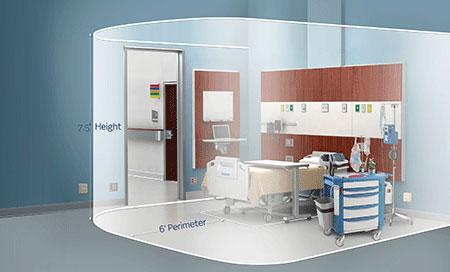
The first and foremost product safety standard is UL 60601-1 which is the Medical electrical equipment – Part 1: General requirements for basic safety and essential performance. The standard is a UL and IEC harmonized standard, which means it is used throughout North America and in most of Europe. The standard provides construction and performance requirements for power strips, including the use of receptacle covers and critical patient care leakage to ground requirements.
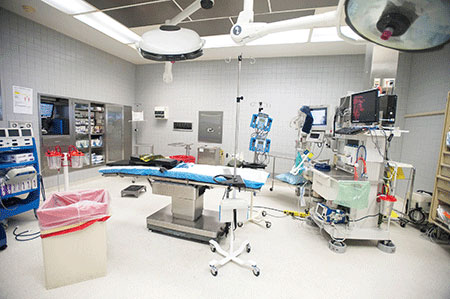
UL 1363 is the product safety standard for Relocatable Power Taps. A relocatable power tap is defined as “…an attachment plug cap and a length of flexible cord terminated in an enclosure in which are mounted one or more receptacles…”.
UL 1363A is the Outline of Investigation for Specialty Purpose Relocatable Power Taps (SPRPT). The specialty purpose relocatable power taps are intended for use with medical equipment. Medical equipment is typically intended for use in General Patient Care Area or Critical Patient Care Area as defined by Article 517 of the National Electrical Code for Health Care Facilities2. It is important to note that UL 1363A yields a component recognition. These components are intended only for incorporation into other end-use products that may be eligible for UL’s Listing, Classification, or Certificate Service. This means that SPRPTs cannot be used as standalone devices. They must be integrated to other equipment, such as a “crash cart,” and then the entire cart assembly must be evaluated as a complete system.2
Additionally, UL 1363A recognized components are intended for indoor use only, with medical equipment, where the medical equipment is intended to be used in General Patient Care Areas or Critical Patient Care Areas as defined by Article 517 of the National Electrical Code for Health Care Facilities, to supply power to plug-connected components of a movable equipment assembly (that is rack-, table-, or pedestal-mounted).
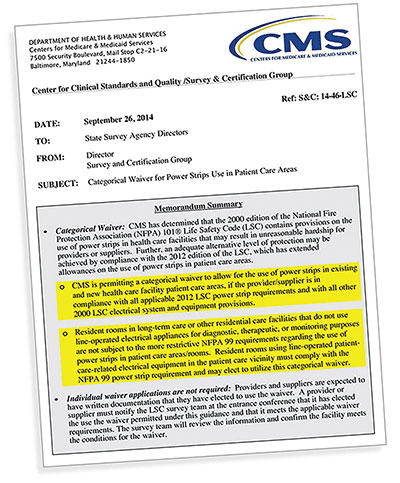
UL 60950-1 is the product safety standard for Information Technology Equipment – Safety – Part 1: General Requirements. The UL 60950-1 is also a UL and IEC harmonized standard which will apply in North America and most of Europe. The UL 60950-1 is required for medical grade strips that are permanently mounted with end brackets as opposed to the relocatable power tap version. Most permanently mounted power strips are mounted to movable carts within hospitals, which are sometimes referred to as crash carts.
UL 1449 is the product safety standard for Surge Protective Devices. Medical grade strips that offer surge protection should be listed to UL 1449 to ensure that the surge protection is applied in a safe manner, and that it does not invade on the critical leakage current requirements that are defined in UL 60601-1.
Now that we have reviewed all of the standards related to medical grade strips you can see how difficult it could be to select the correct safety listing for a given application.
But it doesn’t end there. The Centers for Medicare & Medicaid Services (CMS) and the Joint Commission also have great influence in this area. These organizations set and enforce federal performance standards that healthcare institutions must comply with in order to receive reimbursement from the federally funded Medicare and Medicaid programs. Within their guidelines, they will also reference other specific Codes and Standards – such as NFPA 101: Life Safety Code – that must be followed.
As an example of their influence, as the various referenced Codes and Standards have gone through updates to improve electrical safety in healthcare facilities, a “synchronization” problem arose regarding the use of power strips in patient care areas. This initially caused CMS to issue a statement indicating that the use of power strips in patient care areas was no longer acceptable. This position created unreasonable hardship for many service providers, and it was determined that some of the updated referenced standards actually addressed many of the safety concerns the CMS had, and as a result they issued a Categorical Waiver that allowed for use of Power Strips in Patient Care Areas, providing they follow the safety guidelines put forth in more recent editions of NFPA 101 and NFPA 993.
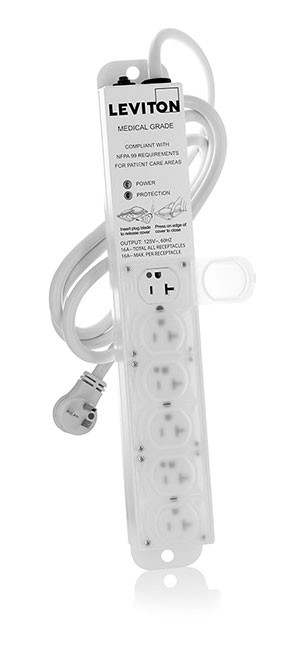
In summary the medical grade power strip category is governed with the incorporation of many UL standards and NFPA codes. There are additional organizations, such as CMS and the Joint Commission, that also influence performance and use of these devices. In order to ensure compliance, it is important be aware of provisions of the aforementioned regulations, and to consult with the local authority having jurisdiction (AHJ) to ensure you are aware of any amendments or additional requirements imposed by them.
REFERENCES
- UL 60601-1 “Medical electrical equipment – Part 1: General requirements for basic safety and essential performance.” Underwriters Laboratories Inc. (UL), 333 Pfingsten Road, Northbrook, IL 60062-2096. April 25, 2003
- UL 1363 “Standard for Relocatable Power Taps”, Second Edition, Underwriters Laboratories Inc. (UL), 333 Pfingsten Road, IL 60062-2096, December 12, 1996.
- UL 1363A “Outline of Investigation for Special Purpose Relocatable Power Taps,” Issue #3. Underwriters Laboratories Inc. (UL), 333 Pfingsten Road, Northbrook, IL 60062-2096. January 8, 2010.
- UL 60950-1 “Information Technology Equipment – Safety – Part 1: General Requirements”, Second Edition Underwriters Laboratories Inc. (UL) 333 Pfingsten Road, IL 60062-2096, March 27, 2007
- UL 1449 “UL Standard for Safety for Surge Protective Devices”, Fourth Edition, Underwriters Laboratories Inc. (UL) 333 Pfingsten Road, IL 60062-2096, August 20, 2014
- DEPARTMENT OF HEALTH & HUMAN SERVICES Centers for Medicare & Medicaid Services’ (CMS) letter “Categorical Waiver for Power Strips Use in Patient Care Areas,” Center for Clinical Standards and Quality/Survey & Certification Group, September 26, 2014
About the Author
Kenneth Brown is Director of Engineering at Leviton’s Commercial & Industrial business unit. In that capacity, Ken is contributing to surge protective devices and electric vehicle supply equipment development. Ken is active in many standards development organizations (SDOs); below is a list of his involvement including the position that he holds within the organization:
Surge Protection Devices
- Vice Chair, NEMA 5VS Surge Protective Devices Section
- Awards Chair, IEEE PES Surge Protective Devices Committee
- Chair Working Group 3.6.11 Protection Wind Power
- Chair Working Group 3.6.14 Protection Electric Vehicle Supply Equipment
- Member, UL 1449 Standards Technical Panel
Electric Vehicle Supply Equipment
- Chair, NEMA 5EV EVSE Technical Committee
- Chair, 5EV Working Group for EVSE with Embedded Meters
- Chair, CANENA Harmonization Committee
- Member, UL 2231 and UL 2794 Standards Technical Panel
Other Memberships
- Member, UL 60601-1 Medical Electrical Equipment
- Member, National Fire Protection Agency (NFPA)
- Member, Canadian Standards Association (CSA)
- Senior Member, Institute of Electrical and Electronic Engineers (IEEE)





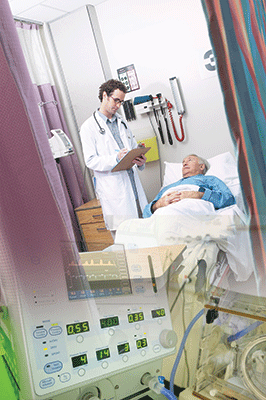









Find Us on Socials